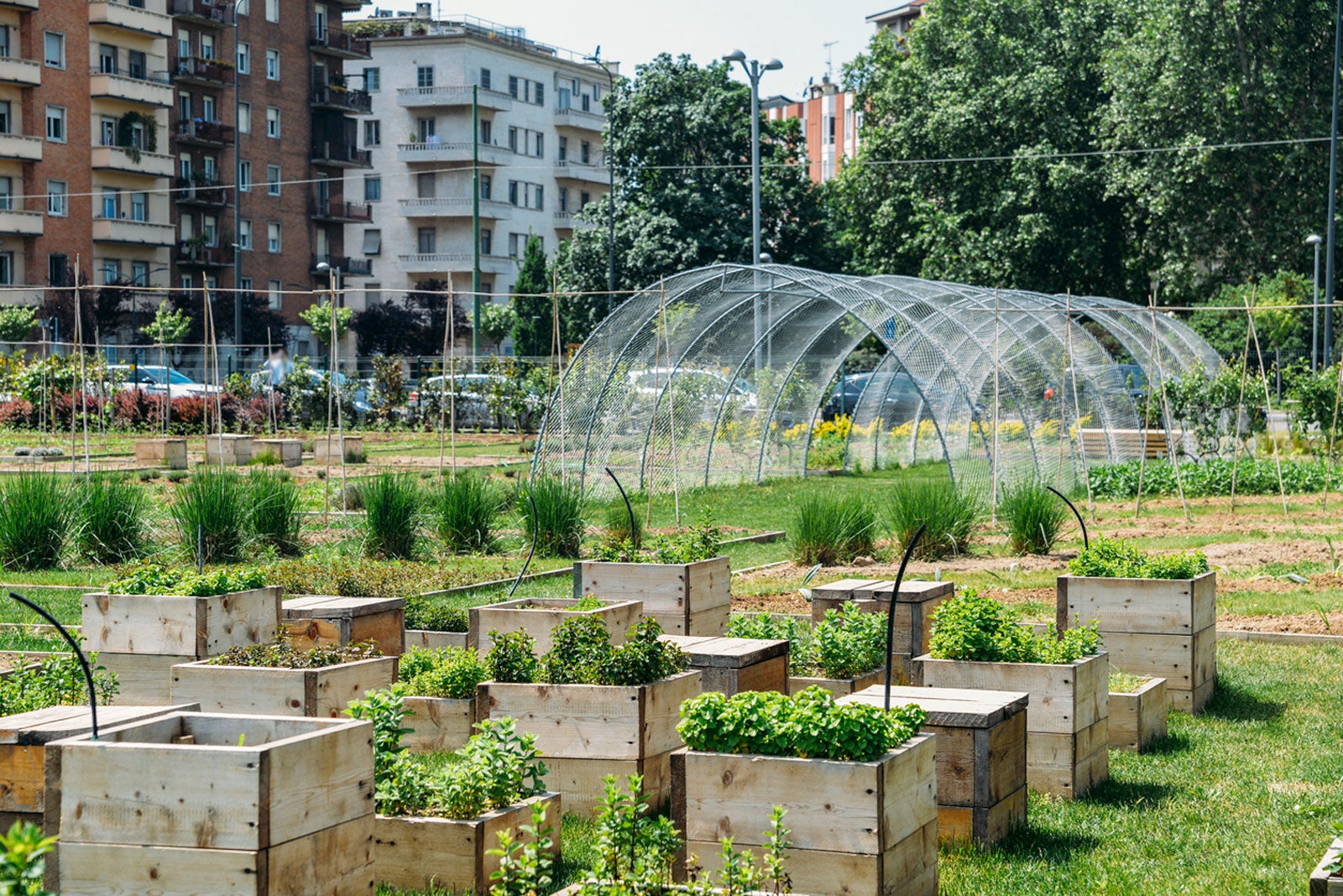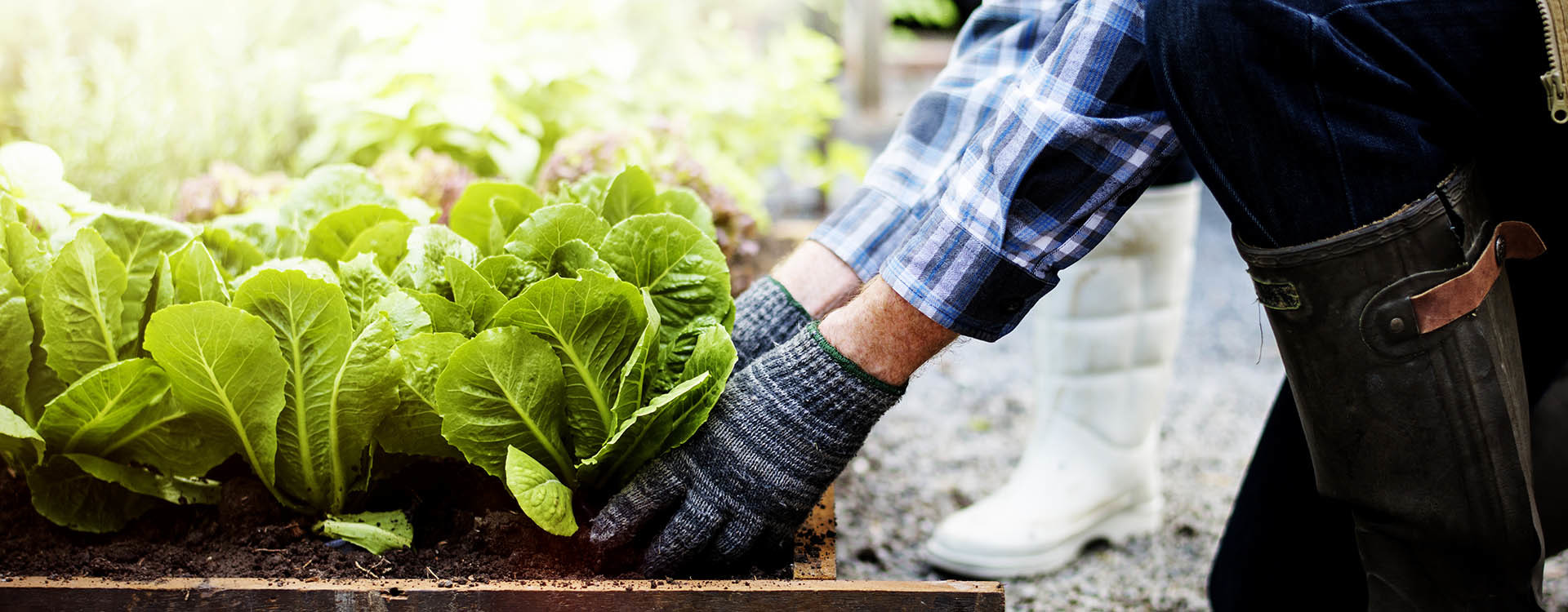Unknown Facts About City Blooming
Unknown Facts About City Blooming
Blog Article
Getting My City Blooming To Work
Table of ContentsSome Known Details About City Blooming Little Known Questions About City Blooming.Things about City Blooming3 Easy Facts About City Blooming ExplainedHow City Blooming can Save You Time, Stress, and Money.
Fascinated in growing food available in the City of Chicago? Thinking of beginning an area garden? Adjustments to the Chicago Zoning Regulation permit farming usages like neighborhood yards and urban ranches in several components of the city. Below is a listing of frequently asked inquiries concerning the guidelines and guidelines that growers must think about when intending an urban agriculture task.
The zoning amendment does not change any various other codes handling composting, building authorizations, purchasing or leasing City possessed residential property, service licenses or environmental contamination. There are existing codes that regulate these concerns and they stay completely result and may apply to your task. Area gardens are typically possessed or managed by public entities, civic companies or community-based organizations and preserved by volunteers.
Urban ranches grow food that is meant to be marketed, either on a not-for-profit or for-profit basis. Due to their commercial objective, metropolitan ranches need an organization permit. Yes. An area garden is enabled to offer excess produce that was grown on site if the sales are accessory or subordinate to the garden's main function explained over.
City Blooming Fundamentals Explained
The quantity of garden compost product can not exceed 25 cubic backyards at any provided time according to the standards in 7-28-715 of the City's Municipal Code. Due to the fact that the dirt at the majority of new garden sites needs amending, garden compost, dirt, wood chips, or various other materials can be gotten to create or boost the growing space.

If a structure permit is required then the hoophouse will be taken into consideration an accessory building. You can find out even more regarding the building license requirements by getting in touch with the Department of Buildings. The 25,000-square-foot size limitation is meant to avoid a solitary community garden from controling an offered block or diminishing the block's existing domestic or commercial character.
The limit sustainability does not apply to yards situated in Public Open Room (POS) areas. Can there be more than one community yard that is 25,000 square feet on a solitary block? Fence is not required, however, yards that have huge vehicle parking areas might be required to set up fencing or various other landscape design functions.
Getting My City Blooming To Work
B1 & B2 districts require that all commercial use activities be conducted indoors. Is fencing required for metropolitan ranches? Fencings might be required, along with landscaping and screening, for particular vehicle parking locations and outside job or storage space locations depending on location and the particular activity taking area.
Yes. Urban farms need structure permits and zoning approvals before building and construction. Other forms of city evaluation may be needed depending on certain frameworks, activities, dimension, landscape design, licensing, public heath and stormwater monitoring concerns. Most of these requirements are recognized in the job style or permitting process, nonetheless, the candidate might be responsible to separately determine certain licenses or permits that might be required.
The Division of Service Affairs and Customer Security can assist figure out the particular kind of business certificate that's required. Off road vehicle parking is needed for the majority of commercial tasks in Chicago. The required number of parking areas is based on the number of employees functioning on site and not the square video of the growing area.
Some Known Facts About City Blooming.

An urban farm can sell compost material generated on website, nonetheless, the operation has to conform with the guidelines in 7-28-715 of the Chicago Municipal Code. Aquaponic systems are enabled indoors on city farms in several zoning areas.
As much as 5 hives or colonies of honey bees may be maintained as an accessory use. Nevertheless, beekeepers have to sign up with the Illinois Division of Farming. For more details about the suggested zoning change you might call the Division of Housing and Economic Growth, Bureau of Planning and Zoning at 312.744.8563.
Farming in cities and city locations An urban ranch in Chicago. Urban farming refers to numerous practices of cultivating. https://amber-gnu-kr6lr9.mystrikingly.com/blog/city-gardening-cultivating-green-spaces-in-urban-jungles, handling, and distributing food in city locations. The term additionally applies to the location tasks of pet husbandry, aquaculture, beekeeping, and gardening in a metropolitan context. Urban farming is distinguished from peri-urban agriculture, which happens in country locations at the edge of suburbs.
10 Easy Facts About City Blooming Explained
, that seek to develop social networks established on a shared principles of nature and neighborhood holism. These networks can create by method of official institutional assistance, ending up being integrated into regional town preparation as a "shift community" movement for lasting urban development.
In either situation, the much more direct access to fresh veggie, fruit, and meat products that might be become aware via city farming can improve food security and food security while decreasing food miles, bring about reduced greenhouse gas emissions, thereby adding to environment adjustment reduction. Several of the initial proof of city agriculture originates from Mesopotamia.
Report this page